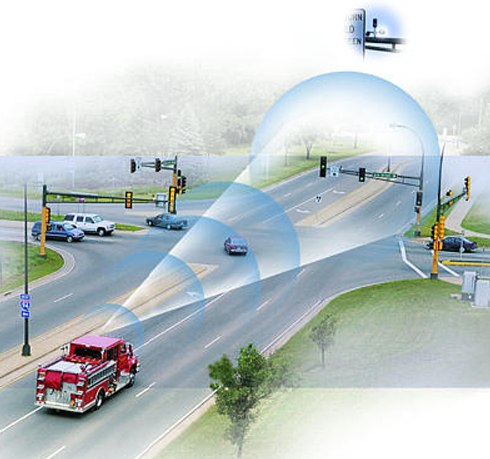
A fundamental step after an accident is determining the at-fault party because typically, the at-fault party is responsible for paying damages resulting from the accident. If fault is clear when a driver fails to follow traffic laws, determining liability is fairly straightforward. But in accidents when fault is not clear, many factors can complicate liability determination. Additionally complicating matters is that various entities may make determinations on who was at fault, such as the responding police officer to the scene, an insurance claims adjuster or a judge awarding damages.
New York is a no-fault car insurance state meaning drivers must first pursue compensation from their own insurer for medical expenses and property damage regardless of who was at fault for the accident. Only if your injury meets certain New York criteria can you move outside the no-fault system and pursue a claim against the at-fault party.
In a personal injury claim outside the no-fault system, New York uses the comparative negligence law (proportion of liability) for determining fault. Under this law, if you suffer an injury resulting from the accident, you can recover an amount based on your proportion of fault. If not liable at all, you can recover full damages.
Prior to any final fault determination however, clearly, a thorough accident investigation must be conducted. Aside from the usual evidence gathering, i.e., witness statements, photos, driver statements, police reports, vehicle damage, medical records and weather and road conditions – especially in serious injury or fatalities involved accidents – the experienced investigator should conduct traffic pattern research to recreate the exact traffic conditions on the date/time of occurrence (DTO) of the accident. This research involves obtaining traffic light timing sequence transcripts, but often overlooked, is an inquiry into the use of traffic preemption devices on the DTO.
Many traffic lights in New York (and in other cities around the world) are equipped with preemption devices. These devices are used to prioritize the movement of emergency vehicles, such as fire trucks, ambulances, and police cars, through intersections by changing the traffic lights in their favor.
Preemption devices allow emergency vehicles to communicate with traffic signals and request a green light or an extended green phase to clear the intersection quickly and safely. The devices can be activated by various means, such as using a specialized radio frequency, infrared light, or GPS technology.
When an emergency vehicle approaches an intersection and activates the preemption device, the traffic signal controller receives the signal and adjusts the traffic lights accordingly. It may turn the traffic lights to red for all other directions and provide a green light for the emergency vehicle’s direction of travel.
While these devices help improve emergency response times, the general driving public can become confused and act in an unsafe manner, not anticipating a sudden change in right-of-way traffic lighting. We’ve also seen the Follow Through Freddies – civilian drivers quickly changing lanes and otherwise rushing through lights immediately after emergency vehicles have passed through the intersections, creating all sorts of havoc as other drivers try to return normal driving patterns.
Recreating the accident scene as closely as possible to the existing conditions on the date/time of occurrence produces a comprehensive picture of the details involved in the incident, rendering a true and accurate outcome.
BNI Operatives: Situationally aware.
As always, stay safe.